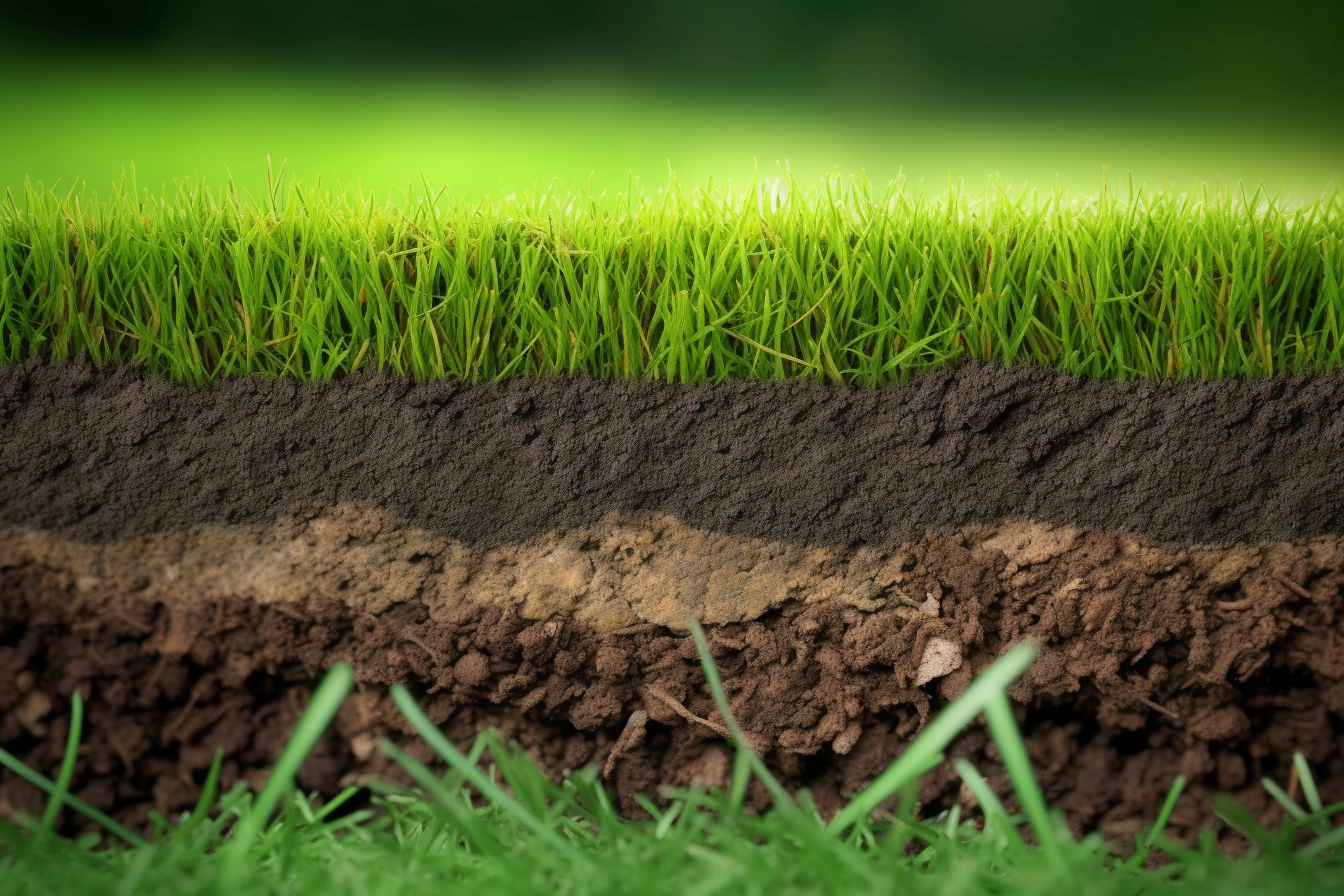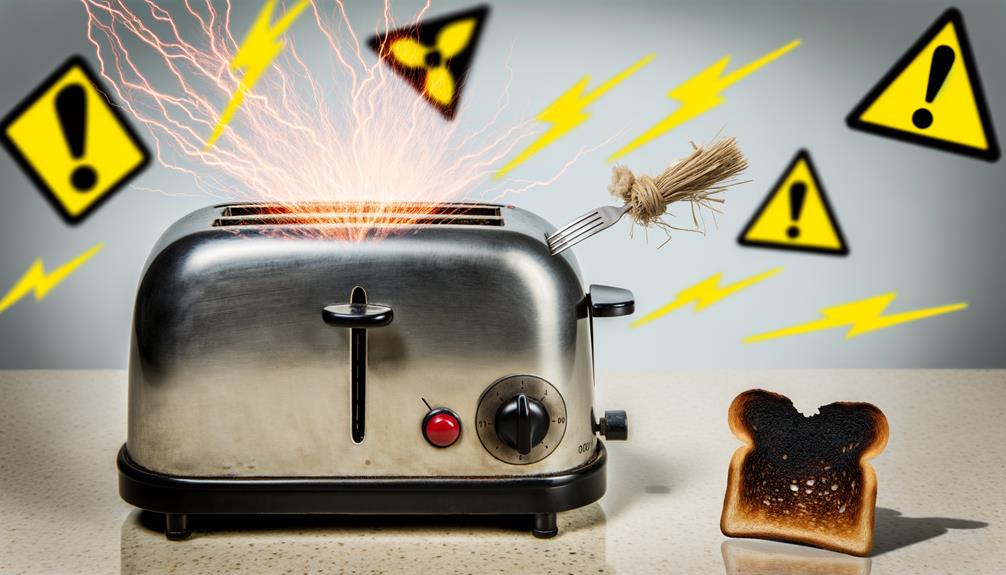Laying down new sod in your yard is like giving it a fresh, green outfit. You’ve taken the time and effort to carefully select each piece of grass, ensuring that they all fit together perfectly.
Table of Contents
ToggleBut just as you wouldn’t want to wear a brand-new suit without properly accessorizing it, you also shouldn’t let your new sod lay bare without providing it with some essential nutrients – and that’s where fertilizer comes into play.
I think we can all agree that there’s nothing quite like the feeling of walking on plush, vibrant grass under our feet. That being said, I’m here to share my top picks for the best fertilizers that will help keep your newly installed sod looking its absolute best.
With so many options available on the market today, I know how overwhelming choosing the right one can be. So stick with me through this article, and by the end of it, you’ll have a clear understanding of which fertilizers are worth investing in for your beautiful lawn!
When To Feed A New Lawn
The best fertilizer for new sod will provide essential nutrients that encourage root development and overall growth so that your newly laid sod can thrive. You should apply a starter fertilizer immediately after laying down your new sod. This type of lawn fertilizer is specifically formulated to help promote strong roots and ensure they get established quickly.
Believe it or not, this makes all the difference between having a lush green yard or struggling with brown patches later on. So remember, don’t wait too long; nourish those young grass blades with some high-quality sod fertilizer as soon as they’re in place!
Can You Apply A Starter Fertilizer To Grass Seed And Sod?
When it comes to giving your new sod the nutrients it needs, applying starter fertilizer can make all the difference in promoting strong root growth and overall health.
So, can you apply a starter fertilizer to both grass seed and sod? Absolutely! In fact, using the best fertilizer for new sod or grass seed is crucial for proper sod care and ensuring the establishment of your new lawn.
Starter fertilizers are specifically formulated with high amounts of phosphorus, which aids in robust root development – just what your newly installed sod needs. To achieve optimal results, be sure to follow the recommended application rates provided by the manufacturer when fertilizing new sod after its installation.
By doing so, you’ll give your fresh turf every chance at thriving as part of your beautiful landscape.
What Is The Difference Between Starter Fertilizer And Regular Fertilizer
Now that we’ve discussed the best fertilizer for new sod, let’s dive into the differences between starter fertilizers and regular fertilizers. When it comes to laying down fresh sod, choosing the right type of fertilizer is crucial for promoting healthy root growth and nutrient uptake.
Starter fertilizers are specifically designed to support newly planted grass while regular fertilizers cater more towards established lawns. Here are four key differences between starter and regular fertilizers:
- N-P-K Ratio: Starter fertilizers have a higher phosphorus content (the ‘P’ in N-P-K) compared to regular ones. This encourages strong root development in new sod, whereas regular fertilizer focuses on maintaining an already-established lawn with balanced nitrogen, phosphorus, and potassium levels.
- Granular vs Liquid: While both granular and liquid forms exist for both types of fertilizer, it’s common to find granular formulations among starter fertilizers as they provide a slow-release feeding system perfect for supporting young roots. On the other hand, liquid fertilizers tend to be associated with regular maintenance due to their fast-acting nature.
- Root Growth Support: As mentioned earlier, starter fertilizers prioritize establishing strong root systems in new sod – something essential for long-term health and resilience against external factors like drought or disease.
- Application Timing: Since these two types serve different purposes, you’ll want to apply them at varying times during your lawn care routine; use starter fertilizers when planting new grass or laying down fresh sod while opting for regular options once your turf has successfully taken root.
So next time you’re preparing to lay some new sod or simply need a refresher on what makes these types of nutrients unique from one another, remember this breakdown! By understanding how each formula works alongside its intended purpose – whether that be encouraging initial growth or providing ongoing sustenance – you can make informed decisions about which option will suit your specific needs best.
When Should You Apply Starter Fertilizer
Getting the timing right when it comes to applying fertilizer is like hitting a moving target. You want to strike at just the perfect moment, or you risk missing the mark entirely.
When it comes to finding the best fertilizer for new sod, knowing when to apply starter fertilizer is crucial for ensuring your new grass grows healthy and strong.
It’s important to remember that laying sod isn’t as simple as throwing down some green carpet and hoping for the best. Your new turf needs proper care from day one – which means providing it with essential nutrients even before you lay it down!
So, let’s chat about how you can do this: start by discussing your options with your sod supplier who may recommend a specific type of starter fertilizer designed specifically for their product.
Generally speaking, though, most professionals suggest applying starter fertilizer directly onto the soil prior to installing your new grass. This ensures that those young grass seedlings have immediate access to vital nutrients they need in order to grow strong roots and establish themselves firmly within their new home.

Can I Use A Starter Fertilizer For Grass That Is Established?
A starter fertilizer is specifically designed for encouraging the rapid growth of new grass and sod; however, it can also work wonders for an existing lawn. The primary nutrients found in most starter fertilizers – nitrogen, phosphorus, and potassium – are essential for continued growth and overall health.
Here are three main reasons why using a starter fertilizer can benefit your established lawn:
- Improves root development: The high phosphorus content in starter fertilizers helps with better root establishment and encourages deeper rooting.
- Boosts growth rate: Nitrogen promotes foliage growth and gives your grass that lush green appearance we all strive for.
- Enhances resistance: Potassium plays a significant role in strengthening grass plants against diseases and environmental stresses like drought or cold temperatures.
By applying a starter fertilizer to your established lawn at the right time of year (usually during spring or fall) and following appropriate application rates based on your soil type, you’ll give your grass everything it needs to flourish – making it more resistant to weeds, pests, and diseases while providing the best possible conditions for long-term success.
So go ahead, give that old sod some love with a dose of the best fertilizer around!
Fertilizing A Newly Seeded Lawn
Now that we’ve talked about using starter fertilizer for established grass, let’s move on to discussing the best fertilizer for new sod and how it differs when you’re dealing with a newly seeded lawn.
When planting seed, it’s important to choose the right type of fertilizer to ensure your grass seeds have the nutrients they need to grow into a healthy lawn.
The best fertilizer for new sod is typically a starter formula that contains higher levels of phosphorus and potassium, which are essential nutrients for root development and overall plant health.
For a newly seeded lawn, it’s crucial to perform a soil test first to determine what specific nutrients may be lacking in your soil. With this information in hand, you can then select an appropriate fertilizer tailored to your lawn’s unique needs.
This will help establish strong roots and create a lush, green landscape that thrives throughout the season.
Controlled Release Lawn Fertilizer
Did you know that a well-maintained lawn can increase your property value by up to 15%? Choosing the best fertilizer for new sod is crucial in achieving a lush, green lawn.
One excellent option is controlled release lawn fertilizer. This type of fertilizer slowly releases nutrients into the soil over an extended period, providing your new grass seed with all it needs to grow strong and healthy.
Applying this fertilizer during early spring will not only enhance root development but also ensure that your new sod receives essential nutrients throughout its growth stage.
When selecting the best controlled release lawn fertilizer, it’s important to consider factors like grass variety and characteristics of the soil underneath. Different types of grass may require varying levels of specific nutrients; therefore, choosing a product tailored to the unique requirements of your chosen turfgrass is paramount.
Once you’ve decided on the right formula, simply follow the manufacturer’s instructions regarding when and how often to apply fertilizer – typically every six weeks or so. By doing so, you’ll be setting yourself up for success as you cultivate a thriving, verdant yard that adds both beauty and value to your home!
How To Feed A Newly Installed Sod
When it comes to giving your newly installed sod the best start possible, choosing the right fertilizer is absolutely essential. The best fertilizer for new sod will provide enough nutrients to help establish a strong root system and keep your lawn green and healthy.
Usually, fertilizers specifically designed for new sod or starter fertilizers are ideal choices as they contain a balanced mix of essential nutrients that promote rapid turf grass growth.
One thing to remember when caring for your newly laid sod is not to treat it like mature turf just yet. It’s crucial to avoid applying fertilizer too soon after installation – give your fresh lawn at least two weeks before introducing any nutrients.
This waiting period allows the roots to settle in and grow into the soil without being overwhelmed by excess nutrients. Once you’re ready, be sure to follow the recommended application rates on the packaging; this ensures that you’re providing just enough nutrients for optimum growth while avoiding potential damage from over-fertilization.
Frequently Asked Questions
What Are The Specific Nutrients Required For New Sod?
When it comes to nurturing our new sod, understanding the specific nutrients required is essential for promoting healthy growth and establishment.
For starters, nitrogen (N) plays a crucial role in supporting leaf and stem growth while phosphorus (P) aids in root development.
Additionally, potassium (K), often referred to as potash, helps with overall plant health by boosting resistance to diseases and environmental stressors.
Typically, we’d look for a fertilizer with an N-P-K ratio of 1:2:1 or something similar that favors phosphorous content to support those delicate roots during their initial stages.
It’s also important not to forget about micronutrients like iron, manganese, and zinc which are needed in smaller quantities but still contribute significantly to the overall well-being of our precious greenery.
Are There Any Natural Or Organic Fertilizer Options That Are Suitable?
Yes, there are natural and organic fertilizer options that can be suitable for new sod! In fact, some of these alternatives might even provide a more sustainable approach to nourishing your lawn.
Organic fertilizers like compost, aged manure, or bone meal can offer essential nutrients needed for healthy growth and establishment. Although they may release nutrients at a slower rate compared to synthetic fertilizers, the benefits of using organic options include improved soil structure, increased water retention, and reduced risk of nutrient runoff causing environmental issues.
So while both types have their pros and cons, you’ll want to weigh what’s most important to you when deciding which is best for your new sod.
How Can I Determine The Appropriate Amount Of Fertilizer To Apply?
To figure out the right amount of fertilizer for your new sod, you’ll first need to know its size and nutrient requirements.
Start by measuring the area in square feet (length times width) to determine the size.
Next, check the recommended application rate on the fertilizer label – this is typically given as pounds per 1,000 square feet.
Keep in mind that different types of grass may have varying nutrient needs, so it’s crucial to follow the specific guidelines provided for your sod type.
Once you’ve got these numbers, simply multiply your lawn’s size by the recommended rate and divide by 1,000 – this will give you the total amount of fertilizer needed in pounds.
Don’t forget that less can often be more when it comes to fertilizing; overdoing it could harm your new sod rather than help it grow strong and healthy!
Is It Necessary To Conduct A Soil Test Before Applying Fertilizer?
Absolutely, conducting a soil test before applying fertilizer to your new sod is a great idea. This will help you determine the specific nutrient needs of your lawn and avoid over-fertilization or other imbalances that can harm its growth.
To interpret the results, look for any deficiencies in key nutrients like nitrogen, phosphorus, and potassium. You’ll also want to pay attention to your soil’s pH levels – ideally, it should be between 6 and 7 for most grass types.
Armed with this information, you can then choose a fertilizer with the right balance of nutrients tailored specifically for your lawn’s needs. It might take some trial and error at first, but ultimately, understanding your soil’s unique characteristics will lead to healthier, more vibrant turf.
How Can I Ensure The Even Application Of Fertilizer On My New Sod?
To make sure you’re applying fertilizer evenly on your new sod, it’s a good idea to use a broadcast spreader or drop spreader for larger areas. These handy tools help distribute the granules uniformly and prevent over-fertilization in some spots while leaving others nutrient-deficient.
Just be sure to carefully follow the manufacturer’s guidelines for both the spreader’s settings and the recommended application rate of the specific fertilizer you’re using. And remember, practice makes perfect – so take your time walking at a steady pace with overlapping passes, ensuring that every part of your lawn gets its fair share of nutrients!









